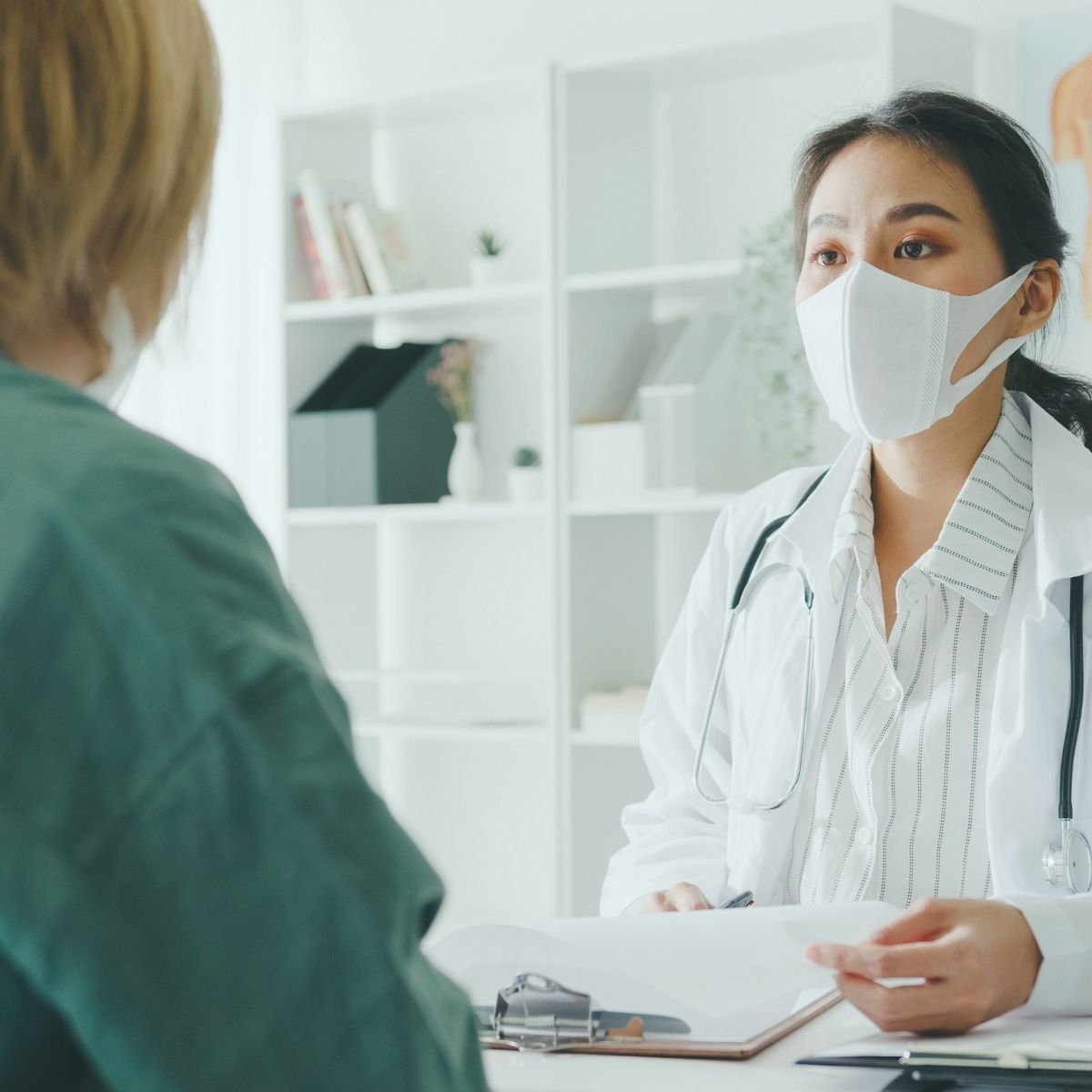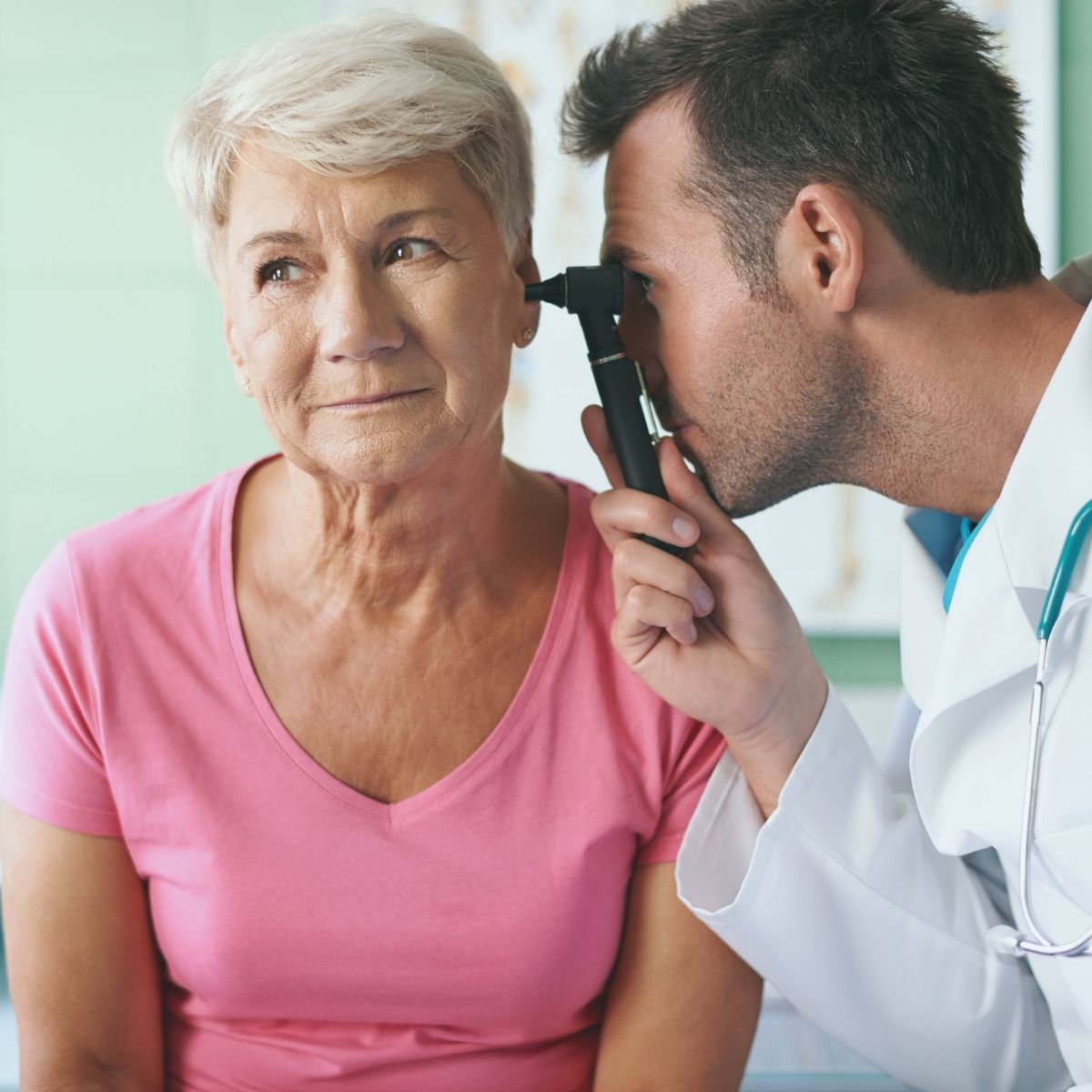What is Monkeypox?
Monkeypox is a ‘zoonotic virus’, ie a virus transmitted from animals (certain rodents and primates) to humans. It then spreads through close contact with an infected person, within human hosts.


Symptoms of Monkeypox:
High fever
Severe headaches
Fatigue and bodyache
Skin lesions, rashes and eruptions
Swollen lymph nodes
Look out for: Rashes, pus-filled blisters, dry and crusty skin lesions
![]()
How it spreads:
The virus can spread from one person to another through prolonged respiratory contact, skin-to-skin contact, intimate contact, and sexual contact with an infected person. It can also be transmitted through the usage of an infected person’s personal belongings or recently contaminated objects, such as used spoons, glasses, and other utensils, clothes that have been worn (unwashed), used towels, etc.
Prevention:
Raising awareness in affected countries and regions about the virus, related risks and it’s contagious nature, so that people take all possible precautions against the virus.
According to WHO, “the main prevention strategy for Monkeypox is to first limit people’s exposure to the virus.
Transmission from person to person can be prevented by limiting physi
cal contact with infected people, for which testing and diagnosing the infected person(s) is key. Rapid diagnostics and strict supervision is required for the same.
Transmission of Monkeypox from animals to humans can be prevented by limiting, regulating and restricting animal trade and the consumption of animal meat.
Active supervision, strict surveillance and isolation of infected animals
Immunization:
According to WHO, the vaccine developed for Smallpox has shown 85% efficacy in preventing Monkeypox. However, the original vaccines are no longer available since Smallpox was eradicated.
In the year 2019, a new-age two-dose Monkeypox vaccine was approved, but the availability and access still remains a major concern.
Treatment:
Controlling and bringing down the symptoms to provide relief to the patient, while the virus runs its course (it lasts 2-4 weeks).
This includes pain-killers/analgesics and antipyretics to bring down the fever and muscle pain
Staying hydrated and drinking lots of fluids, getting enough rest/sleep and eating a healthy, immunity-boosting diet will aid recovery.
Regular cleansing of skin lesions with antiseptics, bathing with warm water infused with epsom salts or baking soda can provide some relief to the rashes.
What to avoid: Touching/scratching the affected areas of the skin, covering the lesions.
What to do: Clean the rashes and make sure the affected parts are dry and uncovered, wash and sanitize your hands every time you touch the rash.




